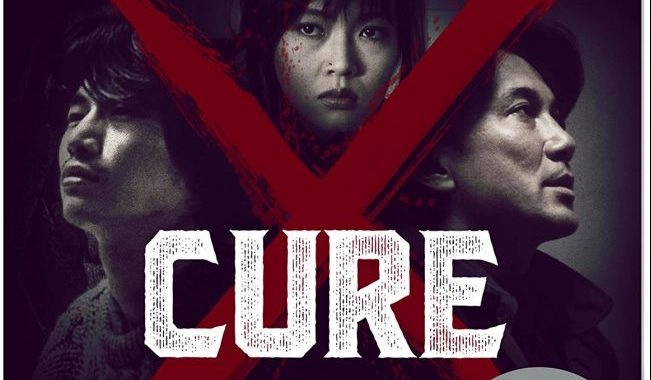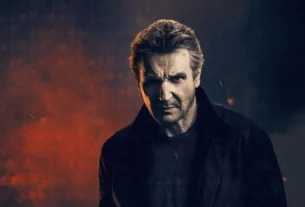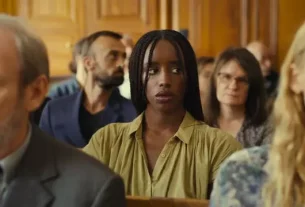The movie recommended for fans and friends today is “Cure” (キュア), an unpopular “magic work” known as “Japan’s strongest psychological thriller”.
“Cure” is directed by Japanese horror film professional Kiyoshi Kurosawa and led by Tokyo Film Festival actor Koji Yakusho.
The cast of the famous director and the actor is difficult to think of instability.
The tone of the whole film of “Cure” is extremely gloomy-only depression, no cure.
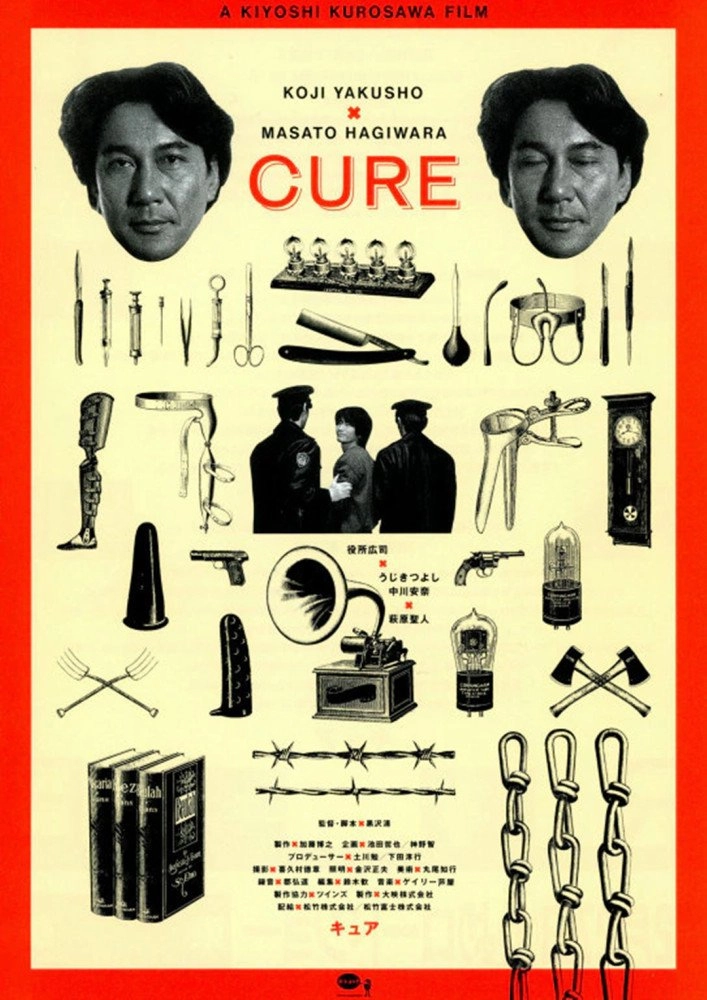
Friedrich Wilhelm Nietzsche once wrote such a sentence in the book Beyond Good and Evil.
“If you fight with the dragon for too long, you will become the dragon. If you stare at the abyss for too long, you will stare back at the abyss.”
Friedrich Wilhelm Nietzsche’s warning that “the dragon slayer finally becomes the evil dragon” speaks out the uncanny and unfathomable human nature.
This sentence has become the “golden rule” of psychological suspense literature and film and television works in the past 100 years, and it has been tried and tested repeatedly.
“Cure” was released in 1997 and has been 24 years since.
“Cure” has an excellent score that is better than 98% of horror movies. It is a good movie that has withstood the precipitation of time and is worth watching.
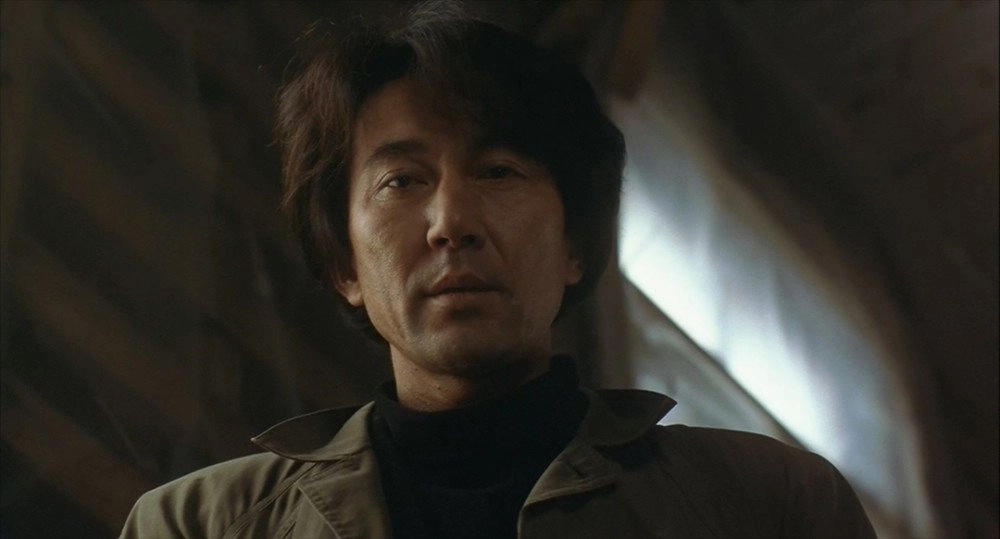
The story of the film takes place in the 1980s and 1990s in Tokyo, Japan.
Behind the prosperous appearance of this international metropolis, a series of confusing murders are taking place, casting a shadow over the neon-shining night sky of the city.
It is Kenichi Takabe, a seasoned detective played by Koji Yakusho, who is responsible for investigating this series of cases.
The victims in these homicides have an obvious feature-their bodies are all engraved with an “X” mark.
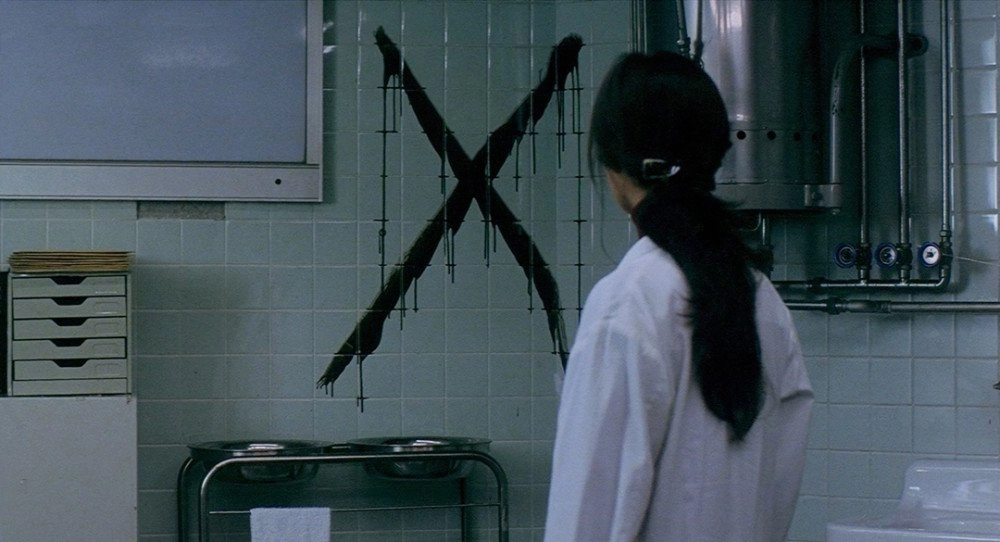
There seems to be a mysterious connection between the cases, like a ritual, which makes people unpredictable.
Not only is the victim’s death bizarre, the assailant’s performance is even more bizarre.
Everyone didn’t remember the process of their assault, or even why they wanted to kill, and was in an “unconscious” state throughout the entire process.
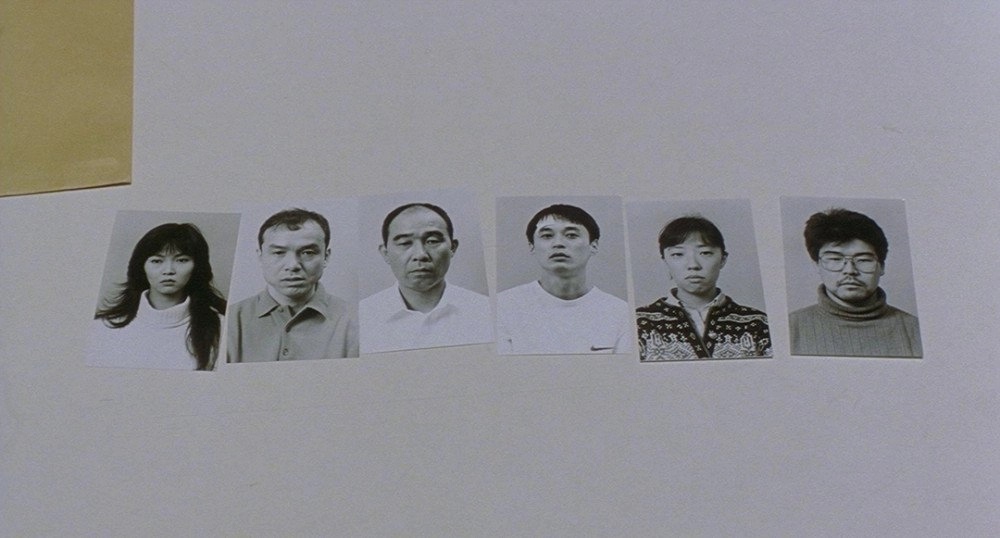
Kenichi Takabe initially suspected that this was a series of serial murders with religious colors and ritual symbols.
There should be a principal instigating and directing the killing.
Under the premise that the perpetrators are collectively unconscious and have no obvious motives, being able to attack so ruthlessly is extremely unconventional.
While Kenichi Takabe is entangled in these difficult cases, he has to take care of his wife who is suffering from mental illness.
The double pressure weighed on the man and made him feel exhausted.
As the investigation deepened, Kenichi Takabe targeted a man named “Kunio Mamiya”.
Kenichi Takabe gradually discovered the clues between him and the serial case.
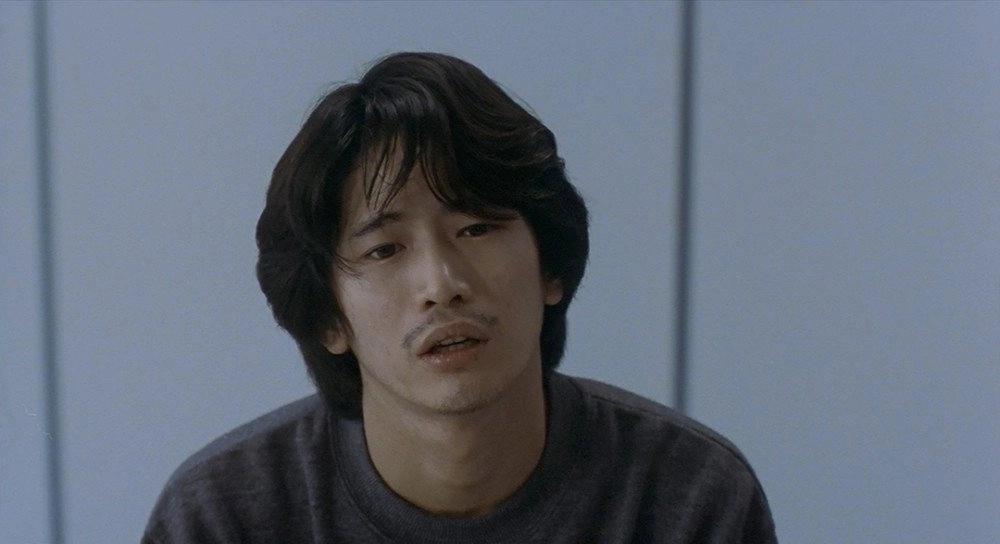
Kunio Mamiya suffers from a strong memory disorder and can’t even remember his appearance.
In his home, Kenichi Takabe uncovered a large number of criminal psychology books.
All kinds of evidence show that this person is by no means good, and has a major suspicion.
Kenichi Takabe, with the assistance of his friend and psychologist Makoto Sakuma, began an in-depth investigation of Mamiya’s personality and psychology.
The more he checked, the more Kenichi Takabe had a cold back.
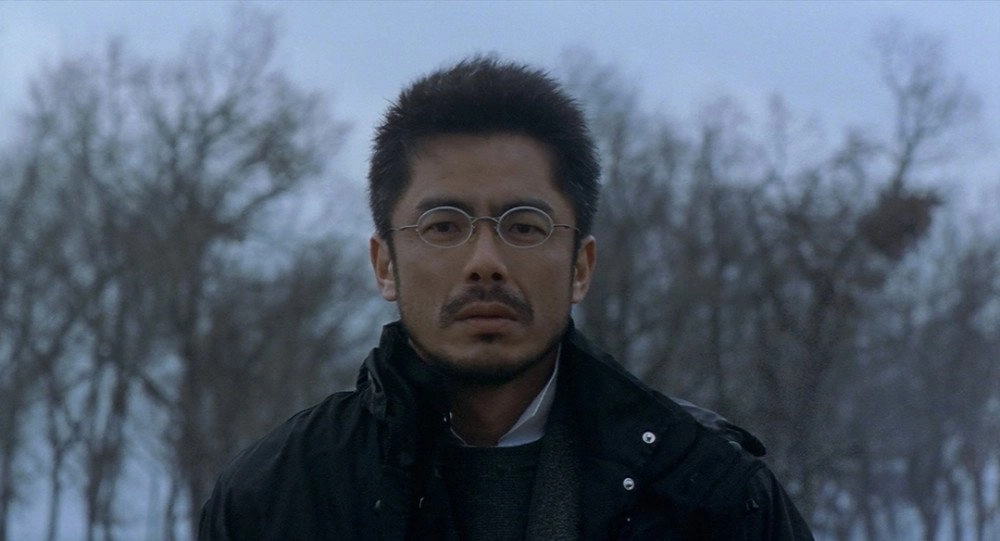
The pressure of his wife and the case pressed Kenichi Takabe, making him more and more exhausted.
Fortunately, with the progress of the case, Kenichi Takabe can almost conclude.
Kunio Mamiya is hypnotizing to instigate killing, through light or sound, or even a lighter.
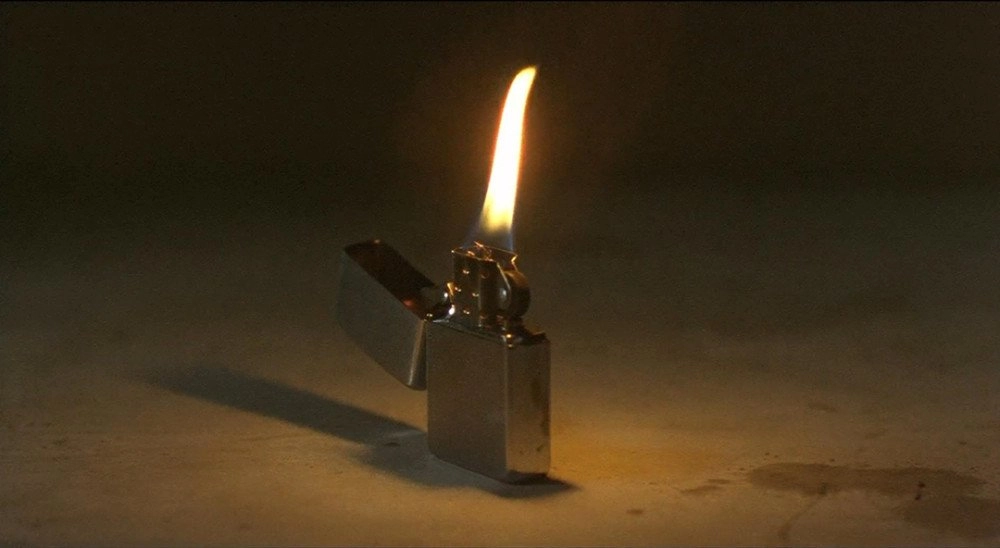
As Nietzsche puts it-“Look at the abyss for too long, and the abyss will stare back.”
While Kenichi Takabe was investigating Mamiya, Kunio Mamiya was also hypnotizing him by accident.
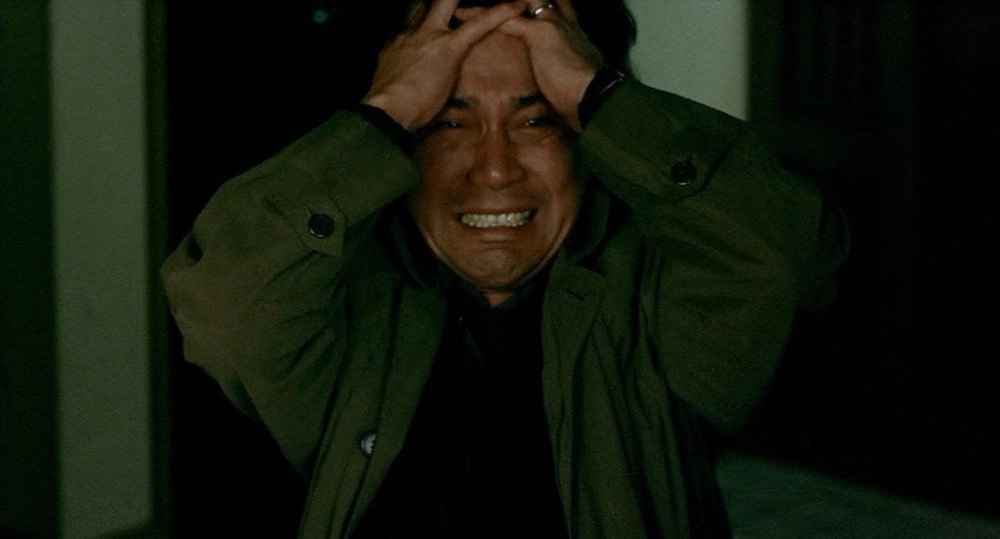
A half-life criminal police background, Kenichi Takabe has a certain “resistance” than those who were hypnotized before.
But Kenichi Takabe still couldn’t stand Kunio Mamiya’s powerful offensive, and gradually hallucinations appeared.
Makoto Sakuma was also affected by hypnosis.
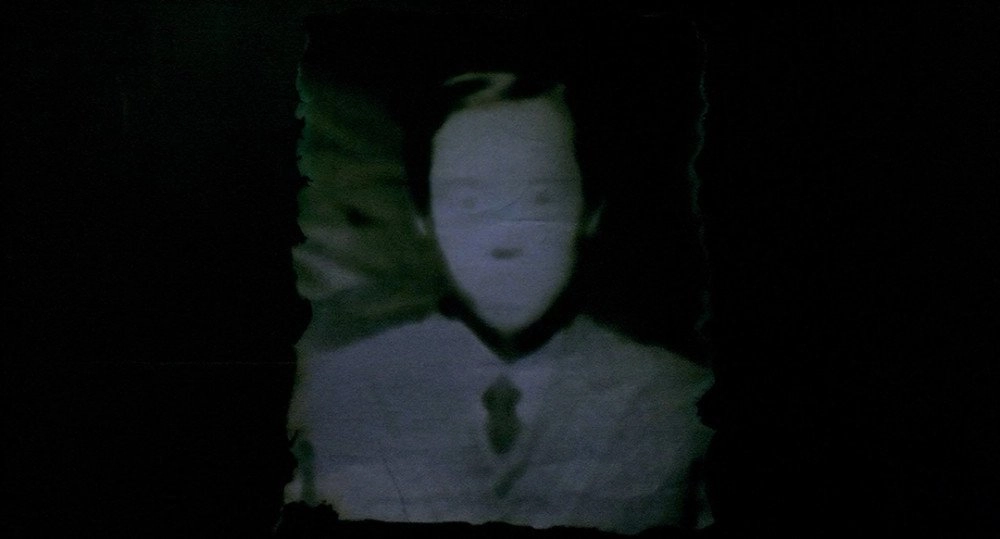
Half-wake and half-dream, he “see” an abandoned old warehouse, there is an old book in the warehouse, there is a man without a face in it.
Kenichi Takabe has found the root cause. This is an ancient hypnotism that allows the hypnotized person to commit crimes unconsciously in a state of memory loss.
And Kunio Mamiya is one of the selected “hypnotic messengers”.
This interlocking case is like a Pandora’s box, which has been opened by Kenichi Takabe himself.
The closer to the truth, the closer to madness.
Unfortunately, Makoto Sakuma was also under the hypnotic spell.
In order not to be the next murderer, he chose to commit suicide.
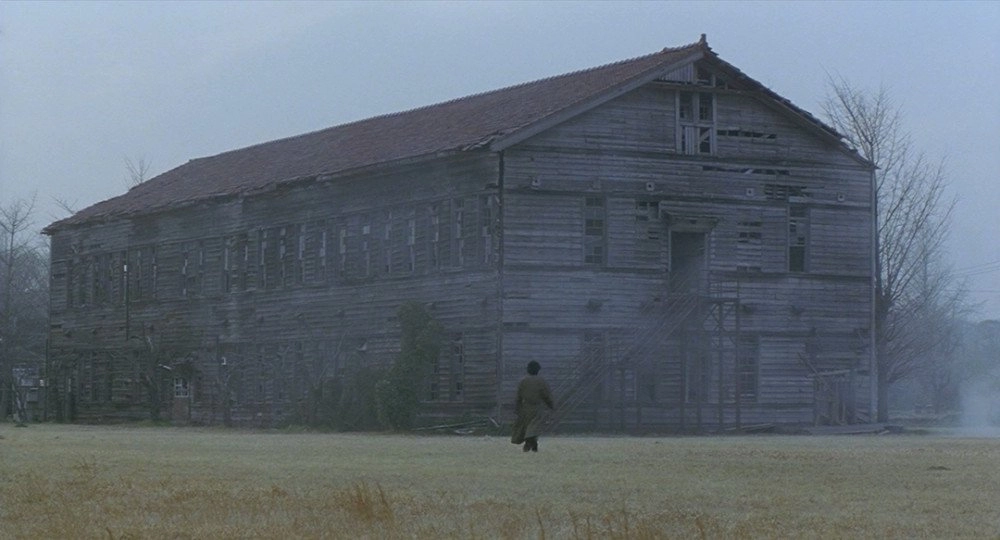
At this time, Kenichi Takabe was already desperate.
In the end, he chose to go to the old warehouse.
How could Kunio Mamiya, who was detained in the cell, give up? He knocked on the heating pipe with a chair, completed a collective hypnosis, and created a group of unconscious killing puppets.
In order to let the devil slay the law on the spot, Kenichi Takabe deliberately released Kunio Mamiya, and unexpectedly met him in the old warehouse and shot him to death.
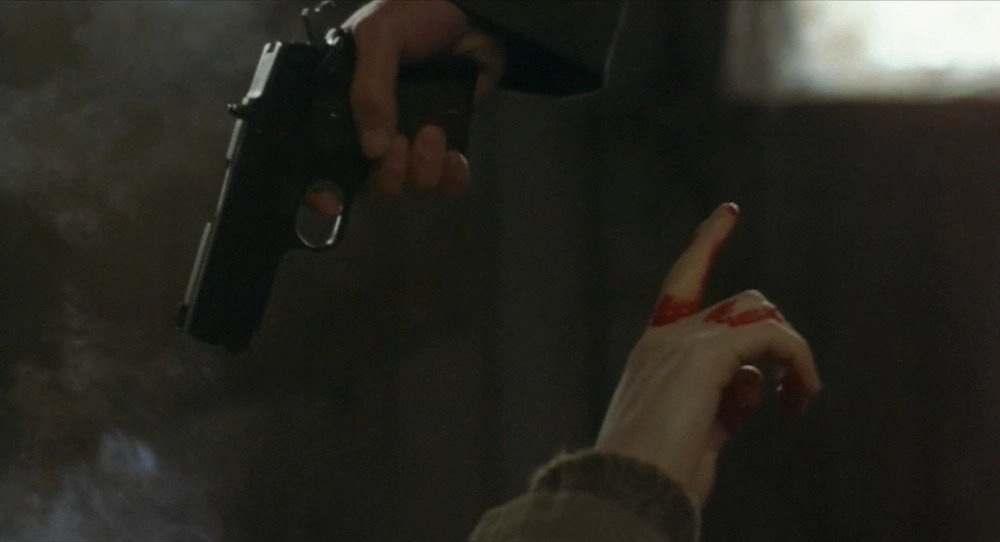
Fighting with the evil dragon for too long, he has also become the evil dragon-the “evil dragon” Kunio Mamiya is dead, and the “dragon slayer” Kenichi Takabe has become the next “evil dragon”.
The cycle of good and evil goes back and forth, and human nature is basically like this.
Some people say that Kiyoshi Kurosawa’s aesthetic inspiration comes from studio movies in the 1980s.
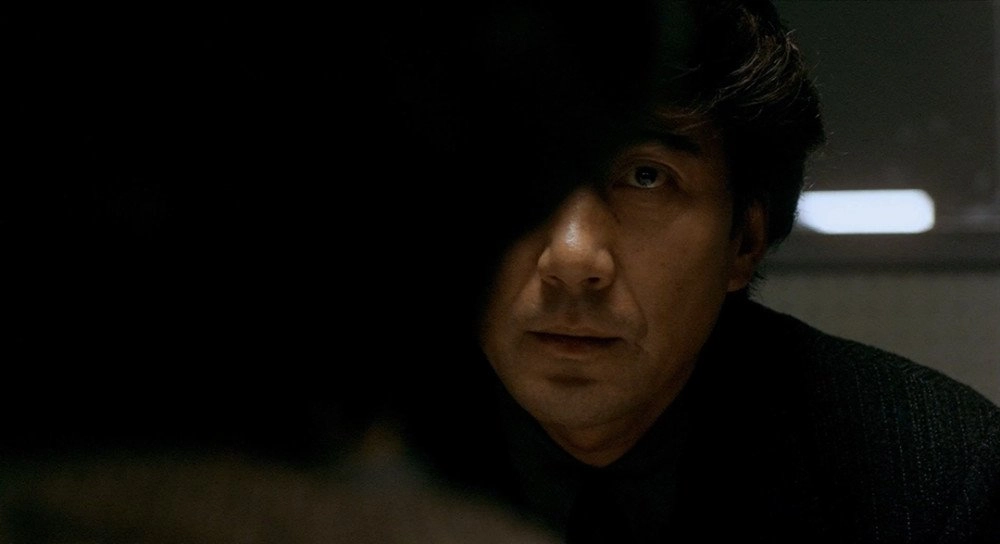
In the interior scene, there is often a wall that is invisible to the naked eye, lying between the vision and the senses.
In this “Cure”, Kiyoshi Kurosawa uses restrained lens language, introverted emotional expression, and cold plot atmosphere. It took two hours to tell us a humanity story of “all villains”.
“Cure” is so profound and worth seeing.
